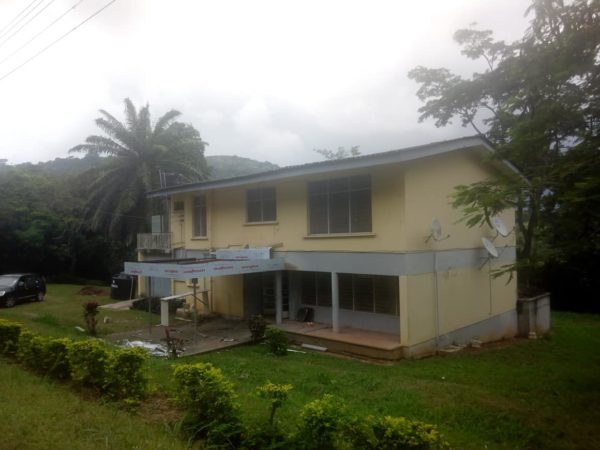
You know you’ve arrived when a place where you once lived is turned into a museum. That’s exactly what has happened to Nobel Prize Laureate Wole Soyinka. A house where he lived in Ife during his time as a lecturer at the Obafemi Awolowo University was recently made into a museum.
In 1963, Wole Soyinka joined the faculty at Obafemi Awolowo University. However, his political activism led to his voluntary resignation within about a year. He did return to teach there a couple of decades later. In order to commemorate Soyinka’s contributions to the intellectual life of the institution and the broader community, the university and the state government have teamed up to preserve the house where he lived as a historic site.
The concept of writers’ homes is common in the literary field. Houses where famous authors lived are often turned into historical sites where museum exhibits and archival documents are made available to the public. Sites like these become tourist destination for fans as well as archives for scholars. They keep an author’s legacy alive for future generations.
Vanguard Newspaper reports that the house is located in the heart of the university. They also reported that during the opening ceremony, members of the state government noted that the museum is a celebration of Soyinka’s greatness and also an attempt to draw attention to the long-term relationship that links Ogun State to Soyinka and his life as an artist and academic.
Kudos to Ogun State government for sponsoring such a project. Hopefully, this is the beginning of a trend. We need more of these kinds of sites all over the continent. They are essential to keeping fans and readers emotionally connected to monuments of African literature, in addition to serving as resources for scholars.
Next time you visit Ife, remember add the Wole Soyinka Museum to your list of places to visit.
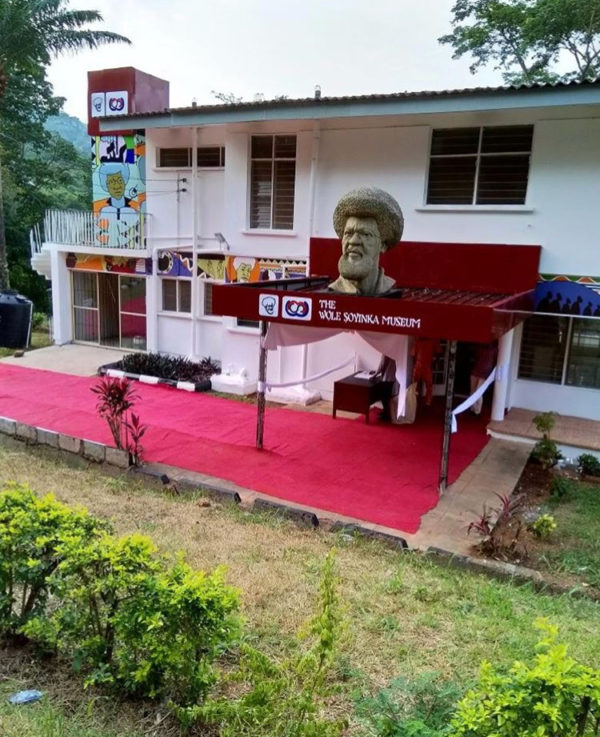
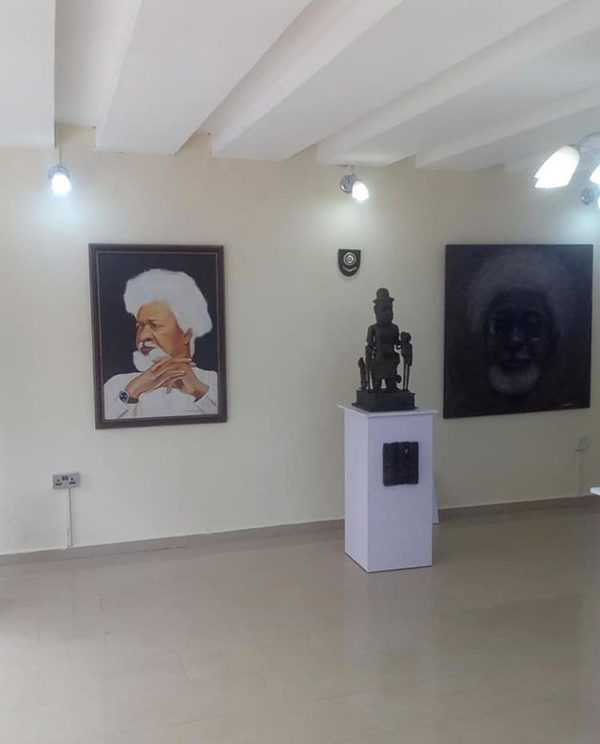


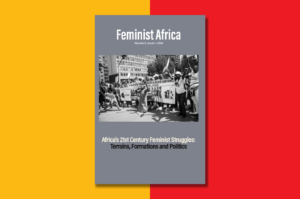

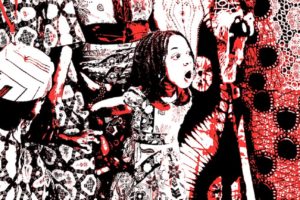

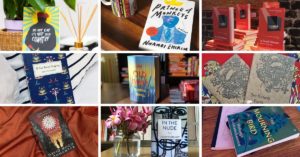

Cerrando el 2018 | Literafricas December 30, 2018 21:13
[…] La antigua residencia de Wole Soyinka en Ife donde vivió mientras fue profesor en la Universidad Obafemi Awolowo se convertía en museo, nos informaba Brittle Papers. […]